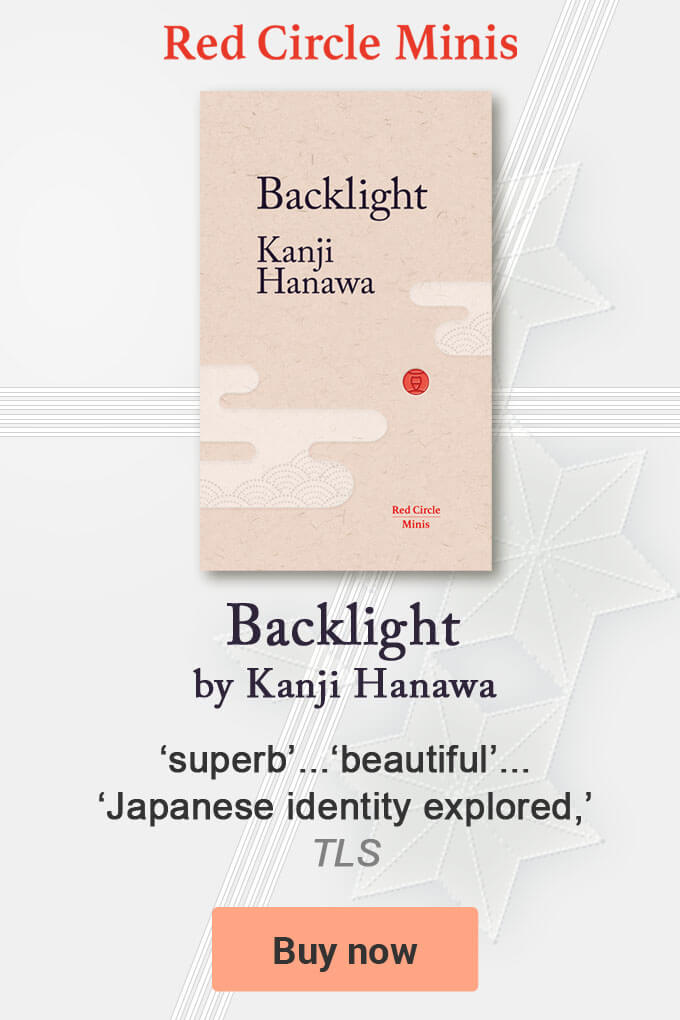Onna Daigaku, Great Learning for Women, was one of the most widely read texts for women circulated and published in Tokugawa Japan (1603-1868), when Japan was ruled by its Shoguns.
It was also one of the first of these types of Japanese educational books to be translated into English in the 19th century, and had an impact on the way Japan and Japanese women were viewed by the outside world.
By the time translations, and extracts, started appearing in the English language, Great Learning for Women was coming under sustained criticism in Japan by supporters of women’s education such as Yoshiharu Iwamoto (1863-1942).
And during this time, Japan’s Meiji period (1868-1912), when Japan was opening up to the West, the number of foreign visitors to Japan was increasing; as was the number of foreign books. Conversely, however, the number of new editions of Great Learning for Women being published was falling.
These types of instructional publications weren’t just limited to Japan. The Instruction of a Christian Woman by Juan Luis Vives (1493-1540), for instance, was first published in Latin in 1524, and was popular in 16th and 17th century Britain, and was apparently written for a future Queen of England.
An English Quaker, Sarah Stickney Ellis (1799-1872), is another example. She wrote a series of ‘Conduct Books’ including The Wives of England in 1843 as well as The Mothers of England and The Daughters of England, that were very popular and provided moral guidance covering responsibilities and self-control and were famous for her phrase “suffer and be still.”
That said, the date of the first edition of Great Learning for Women is unclear, the oldest extant copy is from 1733, but academics cite and reference earlier editions, dated 1729, and 1672.
And some credit Great Learning for Women’s authorship to Ekken Kaibara (1630-1714), a Japanese philosopher and botanist, who was married to a well educated Japanese poet, Token (1652-1713), and is said to have based it on classical Chinese Confucian texts. Kaibara has been called the ‘Aristotle of Japan’, but despite this some suggest that it was actually his wife, Token, who wrote his books.
Many instructional books were published during this peaceful and prosperous period in Japan, and the longevity of the Tokugawa period has been put down, by some, to the high priority given by the Tokugawa administration to publishing and education.
These types of books were collectively known as oraimono, ‘letter-writing books’ as they were written using language and a format similar to that used in correspondence. They targeted both girls and boys, and men and women. Their distribution expanded alongside commercial publishing in Japan in the 17th century.
Great Learning for Women was a type of instructional manual, which has been described by feminists as a primer for women’s repression in Japan. It was not the only one, others included Onna Imagawa, the Imagawa House Rules for Women.
Later editions of Great Learning for Women were illustrated and contained practical information, as well as the so-called Moral Code for Women that the British travel writer Isabella L. Bird (1831-1904) cites, reproduces and quotes from in her 1881 book, also written in the form of letters to her sister, Unbeaten Tracks in Japan. Her book had a signifiant enduring impact on how Japan was viewed from afar.
The introduction to the English translation written by Shingoro Takaishi (1878-1967), a former president of the Mainichi Shimbun, an important Japanese newspaper, and a member of the International Olympic Committee (IOC), published in 1905 by John Murray the London-based publisher that also published Unbeaten Tracks in Japan, is below.
The John Murray edition contains sections on: Girl’s Instruction, Demarcation between the Sexes, Seven Reasons for Divorce, including 1) disobedience to in-laws 2) infertility 3) lewdness 4) jealousy 5) leprosy 6) talking too much and 7) compulsive thievery; as well as sections on: The Wife’s Miscellaneous Duties; The Treatment of Servants; and The Infirmities of Women.
Shingoro Takaishi’s Introduction
The sole basis of the entire moral teaching of Japan may be said, in the briefest phrase, to consist of the spirit of unselfishness.
Thus, humility in place of ostentation, reserve in place of reclame, self-sacrifice in place of selfishness, forbearance in place of impetuosity, and complete submission to authority are the principal features of the Japanese moral code; on these cornerstones stands the whole edifice under which the Eastern people have been brought up.
The Onna Daigaku, or the ” Greater Learning for Women,” which is the text of this little book, is, as its title indicates, a half-dogmatised precept exclusively intended for women.
The author is Kaibara Ekken, the famous moralist of Japan who flourished about two hundred years ago. Kaibara Ekken was a great scholar of Japanese literature, with an immense knowledge of Chinese ethics.
It is beyond question that his idea of morality was, to a great extent, formed on Chinese lines, as most of the other thinkers’ and moralists’.
The full text of the English translation can be read here.
Despite or because of this, Great Learning for Women was well respected and was distributed in Japan under the premise that women could read, which was not the case in some countries at that time.
Compulsory education was introduced in Japan for boys and girls in 1872, and literacy rates, already high in Japan compared to most nations, subsequently increased rapidly reaching one of the highest levels internationally.
The year before compulsory education was introduced, in 1871, Japanese women were allowed to attend university in the United States, a right that was limited to the privileged few. One such student Umeko Tsuda (1864-1929) went on to found Japan’s first private college for women in 1900 on her return.
In comparison, in 1869 six British women become the first to pass an examination to enter the University of London, allowing them to become the first women in the United Kingdom to attend university.

